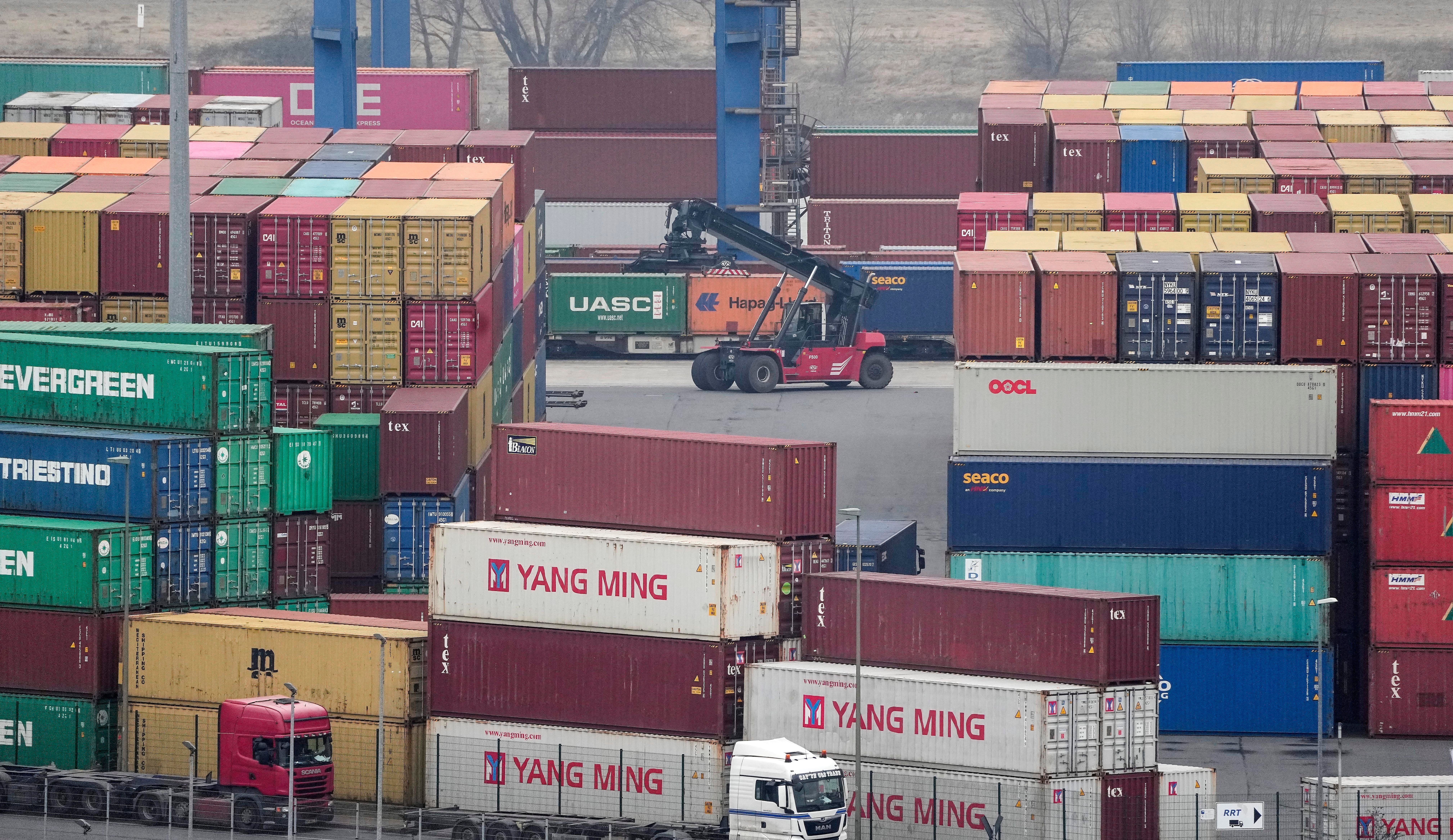Challenging times still lie ahead for the global economy
The IMF and World Bank warn that the least well-off countries will be hit particularly hard, says Phil Thornton


It is the understated language that our international financial watchdogs use that makes their messages so powerful.
At a time when Britons are rightly fretting about soaring energy costs, rising inflation and interest rate hikes, the International Monetary Fund (IMF) and World Bank have reminded us that the threats to the global economic order vastly outweigh those.
“This is, indeed, a period where one has to be very, you know, careful about what’s going on in terms of debt-serving abilities of countries,” the chief economist of the IMF said as she unveiled the financial watchdog’s latest forecasts.
On the surface, the IMF’s outlook is not too bad, given what we have been through. The world economy will grow by 4.4 per cent this year, towards the top end of the range of outcomes going back to 1980.
But this will be a marked slowdown from last year’s 5.9 per cent rebound and presages a further deceleration to 3.8 per cent next year.
And as the World Bank said in another recent report, the slowdown will coincide with a widening divergence in growth rates between advanced economies and emerging and developing economies.
It sees the global economy slowing to just 3.2 per cent growth next year. But while the output of advanced economies will on average be back to its pre-pandemic level next year, output in emerging and developing economies will remain 4 per cent below their pre-pandemic trends.
For many vulnerable economies, the setback is even larger: output of fragile and conflict-affected economies will be 7.5 per cent below pre-pandemic trends, and output of small island states will be 8.5 per cent below
The poorest countries could be forgiven for thinking that there has been little improvement since the Covid-19 pandemic hit. With interest rates rising, low-income countries – of which 60 per cent are already in or at high risk of debt distress – will find it increasingly difficult to service their debt.
A lot of time has passed since the G20 group of rich nations responded to pressure from the IMF and World Bank for debt relief. At first, they offered interest payment suspension on official sector debts — but not the debt itself. Then they allowed those countries to seek relief on “unsustainable” debt. But the progress in the initial country cases has been too slow, the IMF says. Urgent improvements are needed to move the process forward and extend its country coverage.
In 2022 alone, around $35bn (£26bn) in bilateral and private debt-service payments will become due on the public and publicly guaranteed debt of poorer countries that borrow from the Bank’s International Development Association.
Again, understatement was to the fore as the Bank’s president David Malpass warned that “given that burden, vulnerable countries will find it increasingly difficult to support recovery or direct resources to health, education, social protection and climate”.
This concern over the health situation segues neatly into the other contrast between the outlooks of the advanced and developing worlds – the delivery of Covid vaccinations.
The fully vaccinated share of the population is about 70 per cent for high-income countries, but far less for low-income countries. Eighty-six countries – accounting for 27 per cent of the world’s population – fell short of the end-2021 40 per cent vaccination target (excluding boosters) set out in the IMF’s pandemic proposal.
Urgent action is needed to ensure an equitable and predictable supply of vaccines to developing economies through the Covax, the vaccines pillar of the Access to Covid-19 Tools Accelerator, and the African Vaccine Acquisition Trust. To do this the global community is going to have to balance the goal of rolling out boosters in already highly vaccinated countries with helping all countries achieve a target it has only got a tenth of the way to achieving.
As if this was not enough of a challenge for developing countries, they face the prospects of rising borrowing costs as the US Federal Reserve continues on its path of raising interest rates and withdrawing the monetary stimulus of quantitative easing. While the Fed only has responsibility for the US economy, its decisions will have wider implications for the many smaller economies. Financial markets’ reactions to (actual or perceived) changes in Fed policies will govern how tighter monetary policy in the US spills over to other countries, particularly emerging markets and frontier economies.
The prospect of higher interest rates in the US will incentivise capital to flow overseas, putting downward pressure on emerging market and developing economies’ currencies and so raising inflation.
But financial vulnerabilities remain and, in a vicious circle, debt service burdens for many countries that have higher public and private debt could therefore rise significantly with higher interest rates.
As Britons brace for a triple whammy of spikes in energy costs, a surge in inflation more widely and tax increases, we need to be reminded that many other countries will have it even worse.






Join our commenting forum
Join thought-provoking conversations, follow other Independent readers and see their replies
Comments